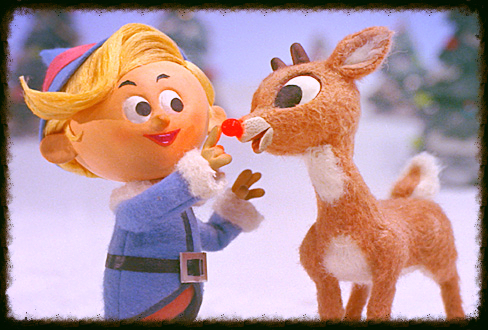The North Pole Trivia
& Fun Facts
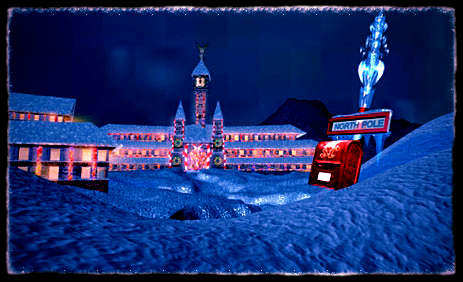
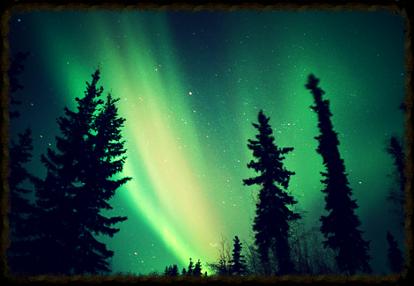
Interesting North Pole Facts.....
- Icebergs are from glaciers and are seasonal. The icebergs are measured in cubic yards.
- Sea ice accumulates over several years.
- Land ice is found in limited areas, the largest being the Greenland ice sheet.
- The elevation at the North Pole is 3 feet of sea ice. The bedrock is located 1400 feet below sea level.
- The annual mean temperature at the North Pole is 0°F.
More interesting facts...
• Some day compasses may all point south. Why? Because scientists
believe that the North Magnetic Pole is reversing (going backward,)
which means that the Earth’s magnetic pole may someday be located at the
South Pole.
• The ice at the North Magnetic Pole has no land under it. The Arctic
ice cap floats. It is 2 to 3 meters (6.5 to 10 feet) deep and is the
size of the United States during the winter months. Half of this ice
melts in the summer.
• The Arctic tern, which is a very small bird, migrates from the North
Pole where it breeds to the South Pole where it lives during the winter
months. The trip is 35,000 kilometers (21, 750 miles.)
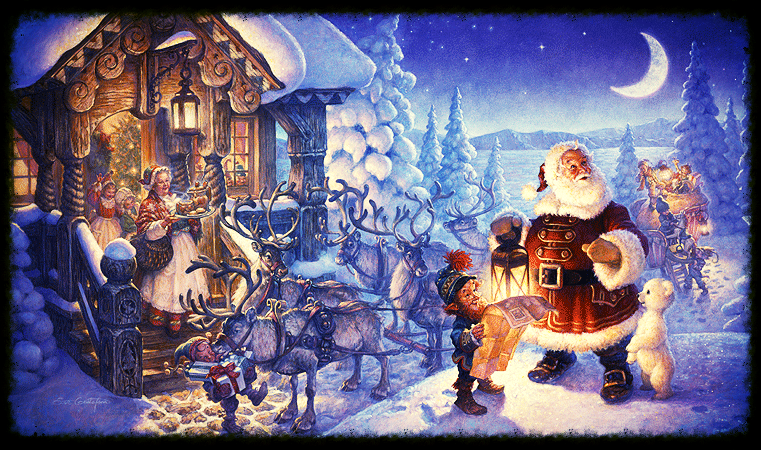
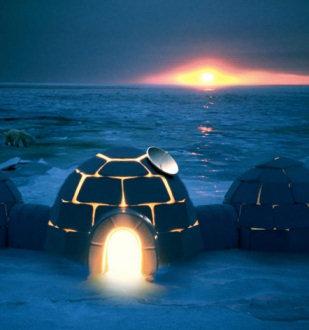
Does the sun still rise in the east and set in the west at the North Pole?
When the sun is visible in the polar sky (during the summer months), it appears to move in a clockwise circle above the horizon. The sun rises only once and sets once every YEAR at the North Pole.
Other than Santa’s Village, what other buildings are there at the North Pole?
The South Pole has some permanent scientific outposts, but the North Pole has no permanent structures. That’s because it’s in the middle of the Arctic Ocean and is surrounded by water that is and sea ice that is always shifting.
What animals live at the North Pole?
Other than Santa’s reindeer, very few animals have ever been sighted near the North Pole. The few that have been spotted near the top of the earth include the ringed seal and Arctic foxes, as well as birds such as the Black-legged Kittiwake, the Snow Bunting, and the Northern Fulmar.
Is Santa’s North Pole the only North Pole?
In addition to the geographic North Pole, which is the northernmost point on Earth, there is also a Magnetic North Pole, as well as cities named North Pole in Alaska, New York, Idaho and Oklahoma.
Courtesy of Santa's North Pole Zone

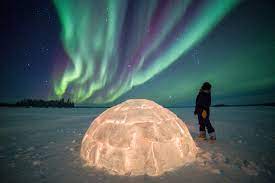

"The Northern Lights or Aurora Borealis is a natural phenomenon that can paint the night sky with unearthly, surreal color. To observers at far-northern latitudes, they're a frequent occurrence, but many who live in more temperate climates have never seen them, even though they're sometimes seen as far south as 35 degrees north latitude. This article will help you improve your chances of seeing the Lights if you journey north.
The Northern Lights are similar to a sunset in the sky at night, but appear occasionally in arcs or spirals usually following the earth's magnetic field. They are most often light green in color but sometimes a variety of other colors. The Aurora Borealis is caused by charged particles ejected from the sun. When these particles reach the earth, they collide with gas atoms in the earth's atmosphere causing them to energize which results in a spectacular multi-coloured light show.
Contrary to intuition, seeing the Northern Lights isn't just a matter of heading "north." The Lights usually circle the globe in a circular or elliptical band centered on the earth's North Magnetic Pole, which is not at the same location as the North Geographic Pole, but rather is offset in the direction of northern Canada. Furthermore, auroral displays aren't strongest at the North Magnetic Pole; the band of greatest auroral activity is usually offset from the Magnetic Pole by 20 degrees or so.
This quirk is actually fairly convenient for would-be aurora watchers. It means that locations in the north-central United States, for example Minnesota, North Dakota, and also southern Canada see Northern Lights much more frequently than they would if the Lights were centered on the North Geographic Pole. Alaska and Lapland (the northern part of Finland, Norway and Sweden) also fall in the region of greatest probability, while the far-north territory of Siberia that misses out on some of the Lights (because the Magnetic Pole is displaced away from that region) tends to be more inaccessible to the traveler." (Wiki-Travel- Northern Lights)
